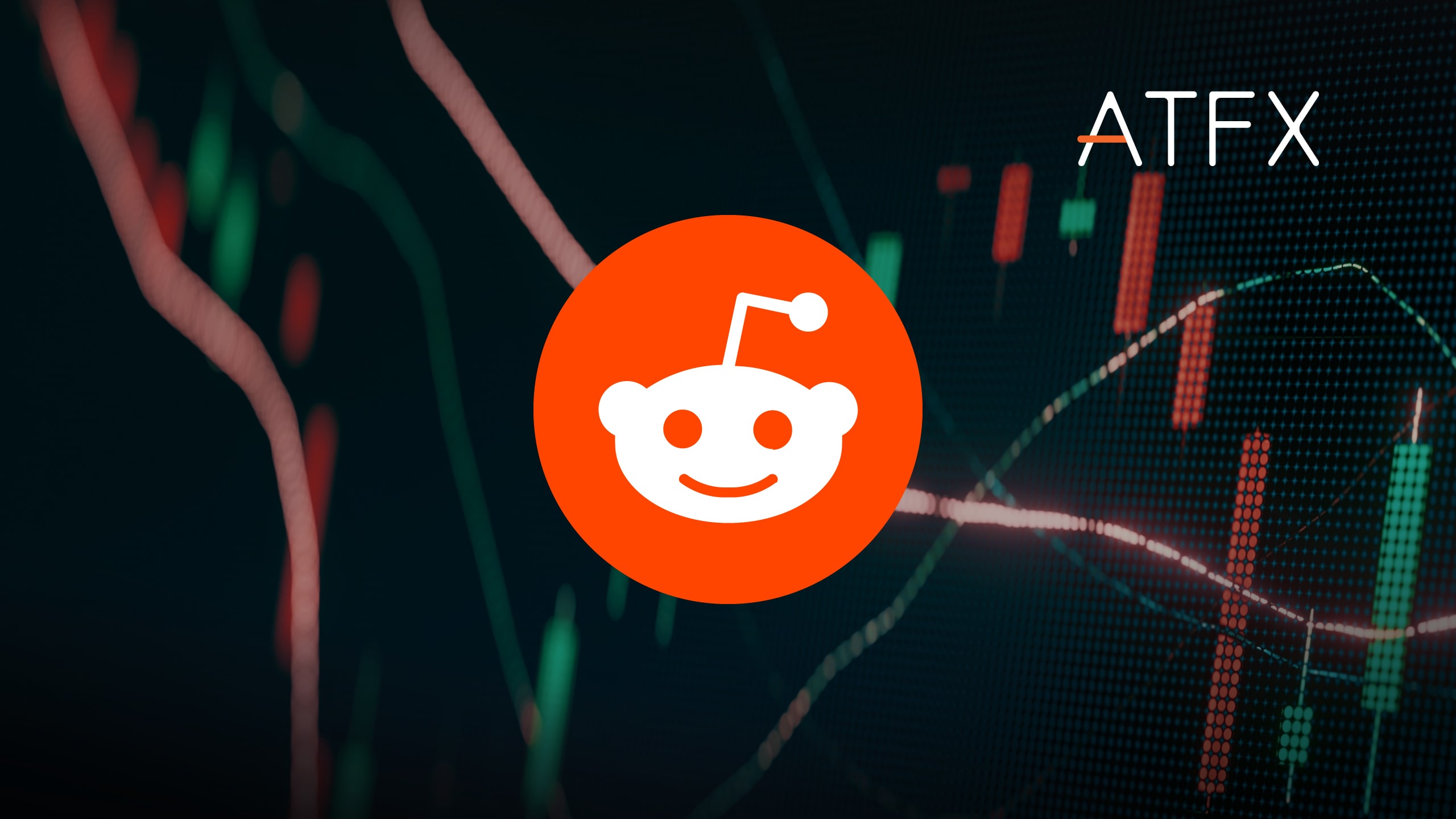USDJPY could be the most active pair into the end of the week with a Bank of Japan interest rate decision and the US payroll data.
USDJPY – Daily Chart
USDJPY has found resistance at the 137.28 level, and that could provide a short opportunity for traders.
It is also a vital sign for Japanese yen gains after the US Federal Reserve Chair rocked stocks and commodities with hawkish testimony to Congress over the last two days.
Hawkish tone set by The Fed
Jerome Powell warned on Tuesday that the central bank is prepared to raise interest rates more aggressively to temper the economy and halt stubborn inflation.
“As I mentioned, the latest economic data have come in stronger than expected, which suggests that the ultimate level of interest rates is likely to be higher than previously anticipated,” he told the Senate banking committee.
“If the totality of the data were to indicate that faster tightening is warranted, we would be prepared to increase the pace of rate hikes,” he added.
The Federal Reserve has raised interest rates eight times since March 2022, and the central bank had expected those hikes to do more to bring inflation back down. The US spread of 2 and 10-year yields had now inverted the most since 1981, when the last aggressive rate hike strategy was used. According to Ken Griffin, the CEO of hedge fund giant Citadel, a recession could be the outcome.
“We have the setup for a recession unfolding” as the Fed responds to inflation, Griffin said.
Longer-dated treasuries are lagging behind the two-year benchmark due to the expectation of higher rates in the short term. That inversion has a strong track record of predicting recessions, which generally last. In general, such inversions preceded economic downturns by 12 to 18 months.
Attention will now turn to the latest Non-Farm Payrolls US jobs number on Friday, which could intensify the rate debate.
However, traders will first have a Bank of Japan interest rate hike to look at ahead of Friday’s session. Interestingly, the USDJPY is finding resistance, which could hint at the end of the yield-targeting program or a more hawkish tone.


